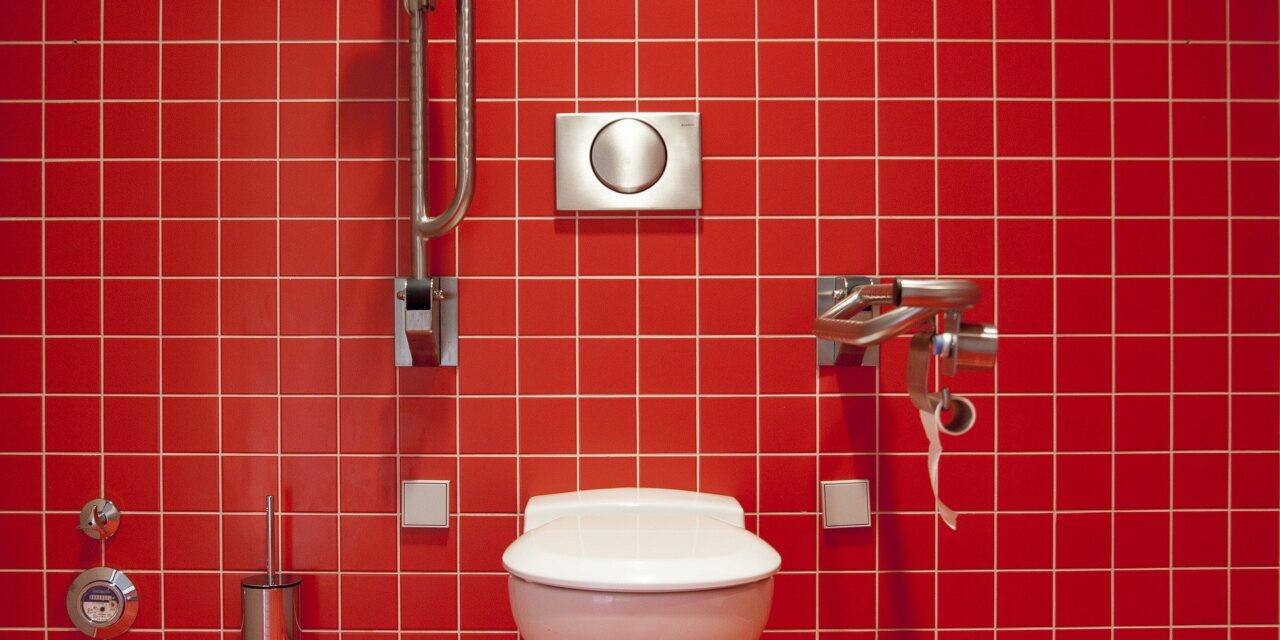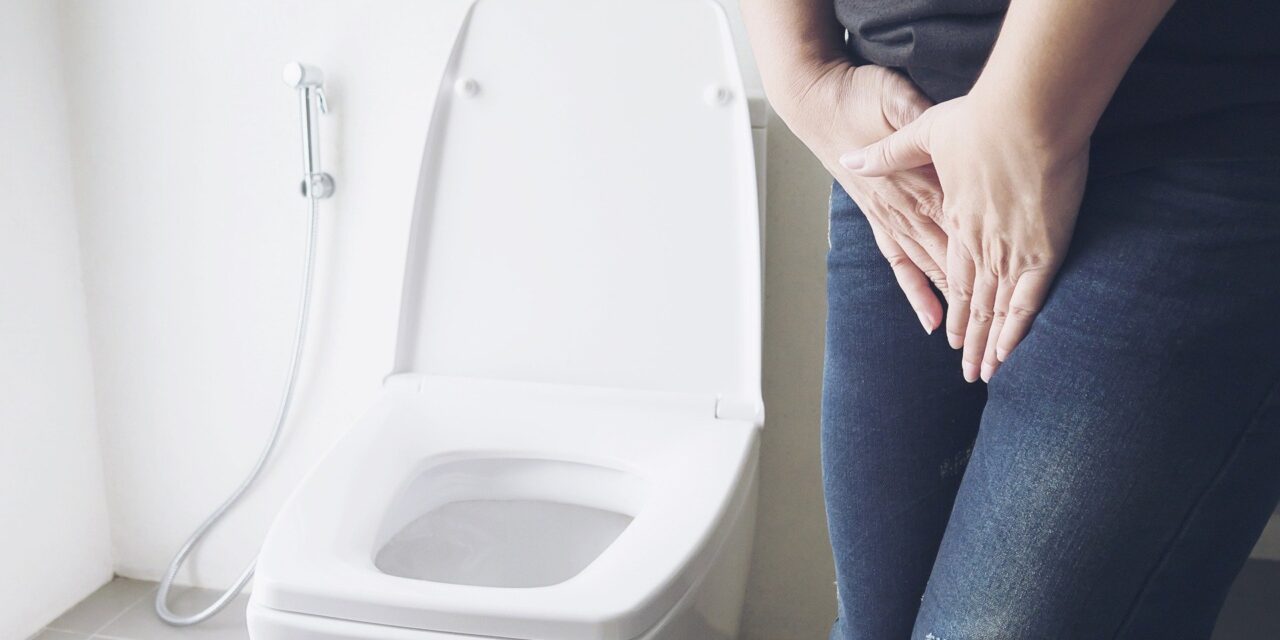What are Bladder Norms?
Patients coming to pelvic health physical therapy often have abnormalities with the bladder or bowel habits. And often, if these habits have been around for a while, it is difficult for someone to know what is normal. So what is a ‘normal’ bladder like? Frequency -Voids aka peeing, should occur 5-8 times in 24 hours....










